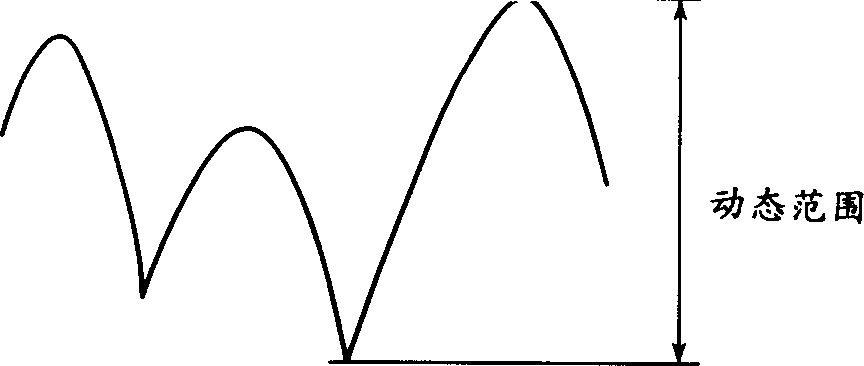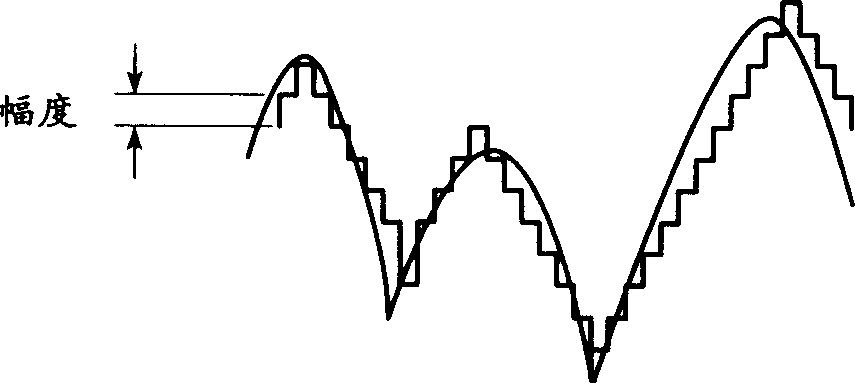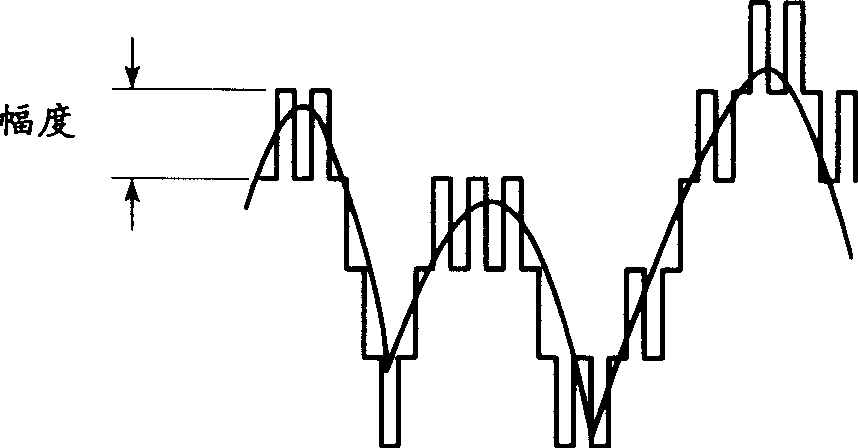Mobile communication system and mehtod of controlling receiving quality
A technology for mobile communication systems and reception quality, applied in the field of mobile communication systems, can solve problems such as lowering transmission efficiency and difficulty in using effective power amplifiers, and achieve the effect of improving reception quality
- Summary
- Abstract
- Description
- Claims
- Application Information
AI Technical Summary
Problems solved by technology
Method used
Image
Examples
Embodiment 1
[0041] Fig. 2A shows a mobile communication system for realizing downlink reception quality control. In the figure, reference numerals RNC, BS and MS denote a radio network controller, a base station and a mobile station, respectively. More specifically, FIG. 2A shows how the base station BS (including base stations #0-#N), mobile station MS#0, and radio network control station RNC are connected together according to Embodiment 1, and FIG. 2B shows The communication control flow according to Embodiment 1 is shown.
[0042] In Embodiment 1, the mobile station MS#0 measures the power received from surrounding base stations in order to determine which base stations to connect to in order to satisfy the desired downlink reception quality (step S1).
[0043] The mobile station MS#0 notifies the radio network control station RNC of desired base stations to which the mobile station will connect using the signal format shown in FIG. 3 (step S2). Fig. 3 shows a signal format used by ...
Embodiment 2
[0047] Fig. 4A shows another mobile communication system for realizing downlink reception quality control. The system includes a QoS (Quality of Service) agent in addition to the radio network control station RNC, the base station BS and the mobile station MS. More specifically, FIG. 4A shows how the base station BS (including base stations #0 to #N), the mobile station MS#0, the radio network control station RNC and the QoS agent are linked together according to Example 2, and FIG. 4B The communication control flow according to Example 2 is shown.
[0048] In Embodiment 2, the mobile station MS#0 notifies the QoS agent of its desired downlink reception quality and its location using the signal format shown in FIG. 5A (step S11). Fig. 5A shows a signal format used by the mobile station MS#0 for notifying a QoS proxy (=signal indicating reception quality desired by the mobile station and information on the location of the mobile station). The signal format includes a QoS prox...
Embodiment 3
[0056] FIG. 8A shows a mobile communication system for realizing uplink reception quality control. The system includes a radio network control station RNC, a base station BS, a mobile station MS and a QoS proxy. More specifically, FIG. 8A shows how the base station BS (including base stations #0 to #N), the mobile station MS#0, the radio network controller RNC, and the QoS agent are connected together according to Embodiment 3. FIG. 8B shows The communication control flow according to Embodiment 3 is shown.
[0057] In Embodiment 3, before sending information, mobile station MS#0 uses the signal format shown in FIG. Transmission power (step S41). In order to meet the quality requirements, the QoS agent selects the base stations connected to the mobile station (step S42) in such a way that the maximum transmission power of the mobile station MS#0 is not exceeded (step S42), and uses the signal format shown in FIG. The power is notified to the mobile station (step S43). Furt...
PUM
 Login to View More
Login to View More Abstract
Description
Claims
Application Information
 Login to View More
Login to View More - R&D
- Intellectual Property
- Life Sciences
- Materials
- Tech Scout
- Unparalleled Data Quality
- Higher Quality Content
- 60% Fewer Hallucinations
Browse by: Latest US Patents, China's latest patents, Technical Efficacy Thesaurus, Application Domain, Technology Topic, Popular Technical Reports.
© 2025 PatSnap. All rights reserved.Legal|Privacy policy|Modern Slavery Act Transparency Statement|Sitemap|About US| Contact US: help@patsnap.com



